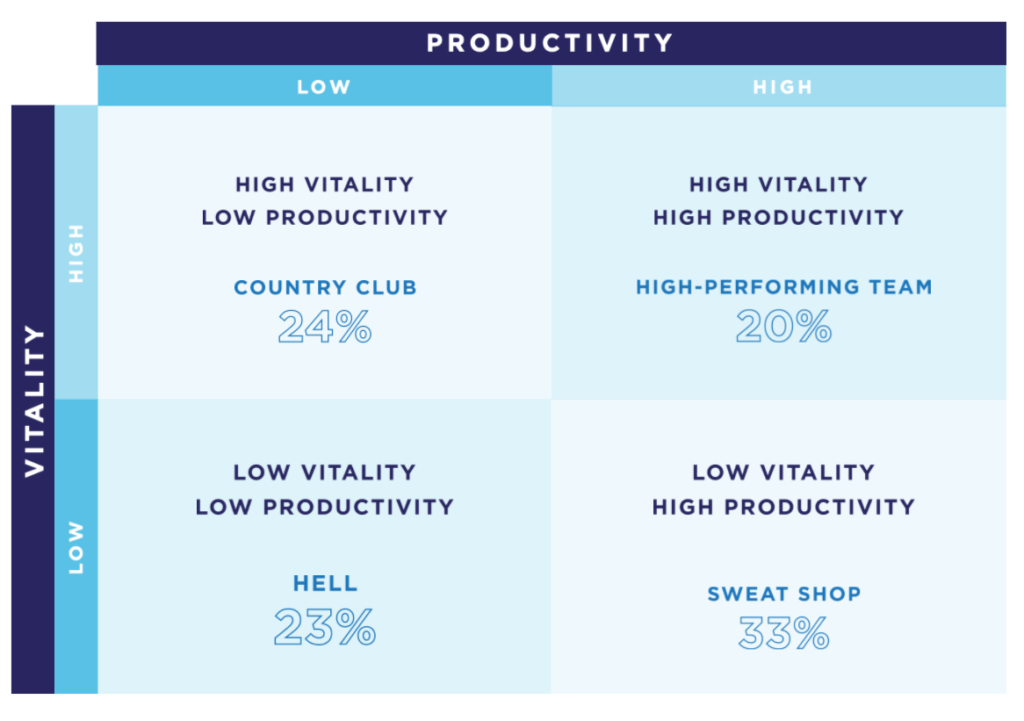Introduction: Over the course of the next four blogs, the focus is on the different kinds of teams that you will encounter in the workplace. As you read through these scenarios, ask yourself what kind of team you are on and what you can do to make it better.
The Four Types of Teams (Part 1 of 4)
You’ve taken a job at a company’s incoming call center. Customers periodically have problems with their orders and you’re there to help solve them. You get your own cubicle and can stylize it with photos from home and other personal memorabilia. You’re told that you will be part of an eight-person team responsible for addressing customer concerns. So far, so good. Then, your supervisor says to wait for incoming calls and respond from a script with which you’ve been provided. You’re not to vary from that script. If a customer wants more information, you’re to refer the customer to your supervisor, who also mentions that there will be times when she is on the line to listen but you will not know she is there. The reason is to provide feedback for “training purposes.”
This was the only job that you could get in a very tight job market and you’re thankful to have it. You had promised yourself to further your education in order to get a better job, but life got in the way. Once you get back on your feet, you’re determined to get the training you need for a more professional job. Your supervisor was nice enough and showed you to your cubicle. She said that she would be available if you have any questions. You’ve been told that you will have a chance to meet the other team members once you “get settled.” You’re glad that in this position, you will be able to help people with their problems.
However, it has not taken long to realize why this particular job was available. You rarely see your supervisor and when you do, she always seems to be preoccupied. Members on your team change daily and it is hard to keep up with who is actually on your team. The call volume hasn’t been very high and you’ve enjoyed the conversations with customers. However, the feedback from your supervisor has indicated that you’re being too chatty with customers, too friendly, and taking too long on the call. In addition, you must inform your supervisor when you leave your cubicle for any reason and you’re expected to bring your lunch and eat in your cubicle.
In addition to the high turnover of team members, you are warned not to talk with one another because “a customer might call” and you may miss it. Your initial gratefulness for the job soon turns to doubt and disappointment. At this time, however, you don’t have many other options, so you commit to staying…“sucking it up” and having a good attitude for the customers.

According to the research of 21,000 teams by business psychologist Robert Kaiser, every team ranks somewhere on the spectrum of vitality (team morale) and productivity. (See matrix above.) Surprisingly, based on this research, 23% of the 21,000 teams surveyed were similar to the profiled team, in which productivity was low and employees were unhappy. It’s a real head-scratcher why anyone would want to be on such a team!
Furthermore and per Glassdoor, as cited in “24/7 Wall St.,” employees at companies that have been rated the worst places to work have several things in common: they are typically paid poorly, overworked, have a poor work-life balance, experience a negative company culture, experience poor working conditions, have few opportunities to get ahead, and have low levels of respect for management.
Among the reasons cited in the Glassdoor study are a tight job market with limited choices; employees lack education or opportunities to move to another job; they are living on the margins and needing a paycheck just to survive; and their overall life circumstances (for example, an uneducated single parent with few options). Finally, for some people, it is simply inertia that is the reason for staying. Despite things being bad, they have become acclimated to the low pay and poor working conditions and will stay until being forced to leave. Companies with these working conditions typically have high turnover and “burn through” employees quickly.
The work environment described is characterized by low productivity and low vitality. Teams in such companies are characterized by low cohesion, poor morale, low (or poor quality) productivity, and little management support. Management behaviors include providing poorly defined goals, little accountability, a laissez-faire style, and poor (if any) communication.
THE TAKEAWAY: Low productivity and low vitality make for an unsuccessful team.
Stay tuned for Part 2 of 4: The Country Club Team

